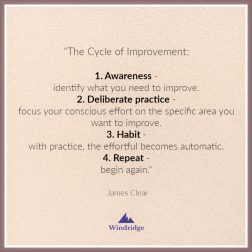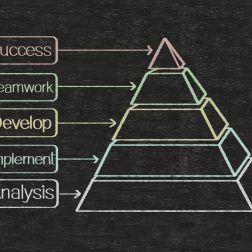
For those of us who aren’t clairvoyant, let’s peer into our Magic 8 Ball for best ways to improve employee engagement levels among millennials.
Bad idea!
The Magic 8 Ball keeps telling me to try again.
So, what IS the one thing over 90% of millennials say will improve their level of engagement?
ANSWER: A clear succession plan.
Let’s refer to the research. In 2015, Software Advice released a report after surveying employees, as well as employers, who had implemented a succession planning strategy. The goal of the survey was to identify what kind of impact succession management had on employees and leaders.
Here are the key findings from the report:
- Over 90% of younger workers (age 18 to 34) say that working at a company with a clear succession plan would “improve” their level of engagement.
- 62% of employees say they would be “significantly more engaged” at work if their company had a succession plan.
- 94% of employers report that having a succession plan positively impacts their employees’ engagement levels.
- 79% of employers note they have succession plans in place for mid-level manager positions.
- 81% of employers report using some form of software to organize the process of succession planning.
Let’s face it, millennials aren’t the only people who enjoy knowing what their future career opportunities are. We all do! Everyone benefits from the feeling of being needed or appreciated for who they are, and what they bring to the organization.
AN ACTION PLAN
Thoughtful hiring decisions and employee placement, as well as identifying training needs, are all vital to succession management and improved organizational culture. Along with that, succession opportunities can often uncover unspoken expectations on both sides. Don’t think of this as a negative—but rather as a positive—development. Once the expectations are exposed, a strategy can be identified to encourage an employee’s success. In turn, this helps the employee maintain career momentum, motivation and engagement.
When your organization helps its workforce to create a successful career path, you are reinforcing to each person that they are valuable, contributing members of the organization, and that their hard work is appreciated.
BEST PRACTICES
As I reflect on the past 15 years, I realize I’ve had hundreds of conversations with dozens of clients that have all had a great impact on what I now know about organizations, their people and their succession management and planning. This prompted me to put together a list of best practices for my readers.
Here they are:
- Integrate your succession planning with your recruitment, hiring selections, performance management and development.
- Get the CEO and other key players involved. They should contribute to the process by asking questions, providing feedback, taking ownership and being held accountable.
- Regularly assess performance, skill level and potential. When evaluating someone in a new role, don’t base future success on past performance.
- Conduct consistent and frequent reviews on performance and behavior and give feedback. Annual reviews are not enough.
- Commit to development. Succession planning is useless if you don’t invest time and resources into development.
- Last but not least, recognize and manage the emotional roller coaster that comes with succession planning. Political and irrational dynamics all play a role.
If there is one essential take-away, it is this: Discussions about performance need to empower employees to improve month to month, not just on an annual basis. Employees don’t need a carrot dangled in front of them to motivate them to improve, and companies that understand this know to focus on employee assessment and development.
Do you have any best practices that should be added to this list? I’d love to hear them!



